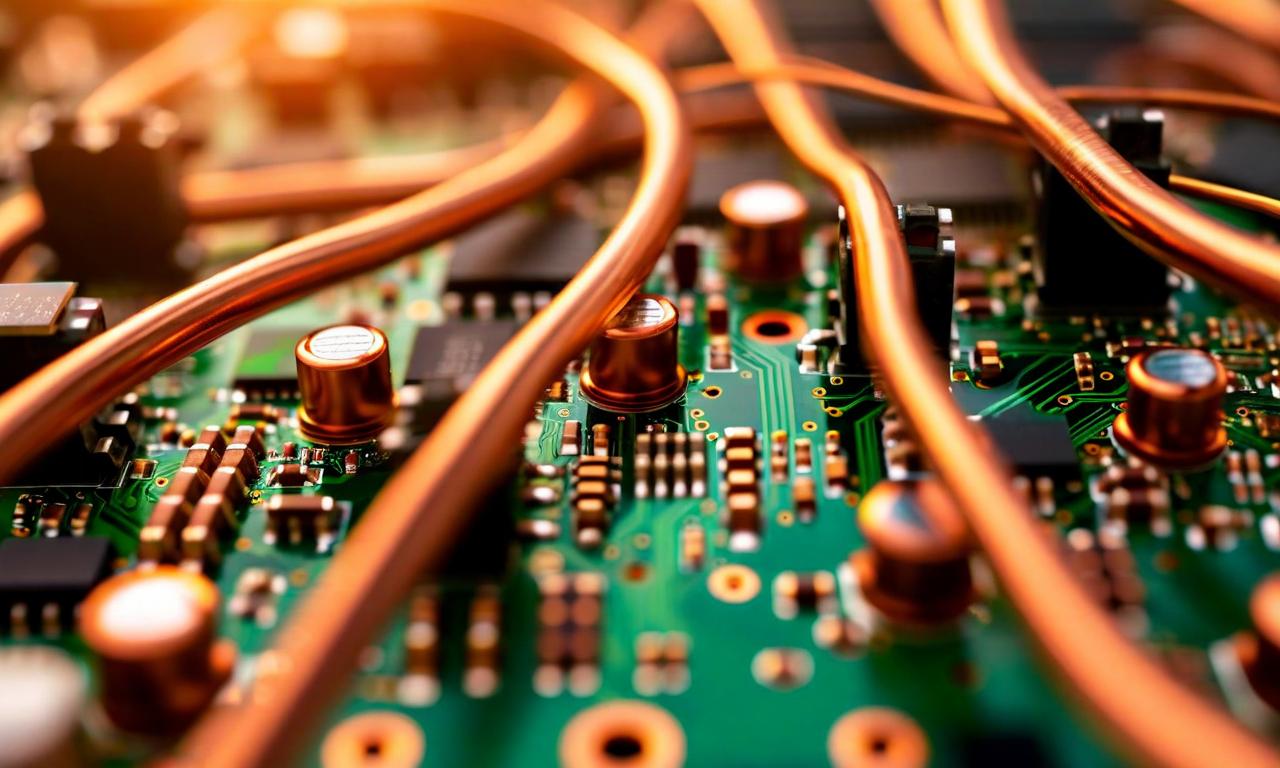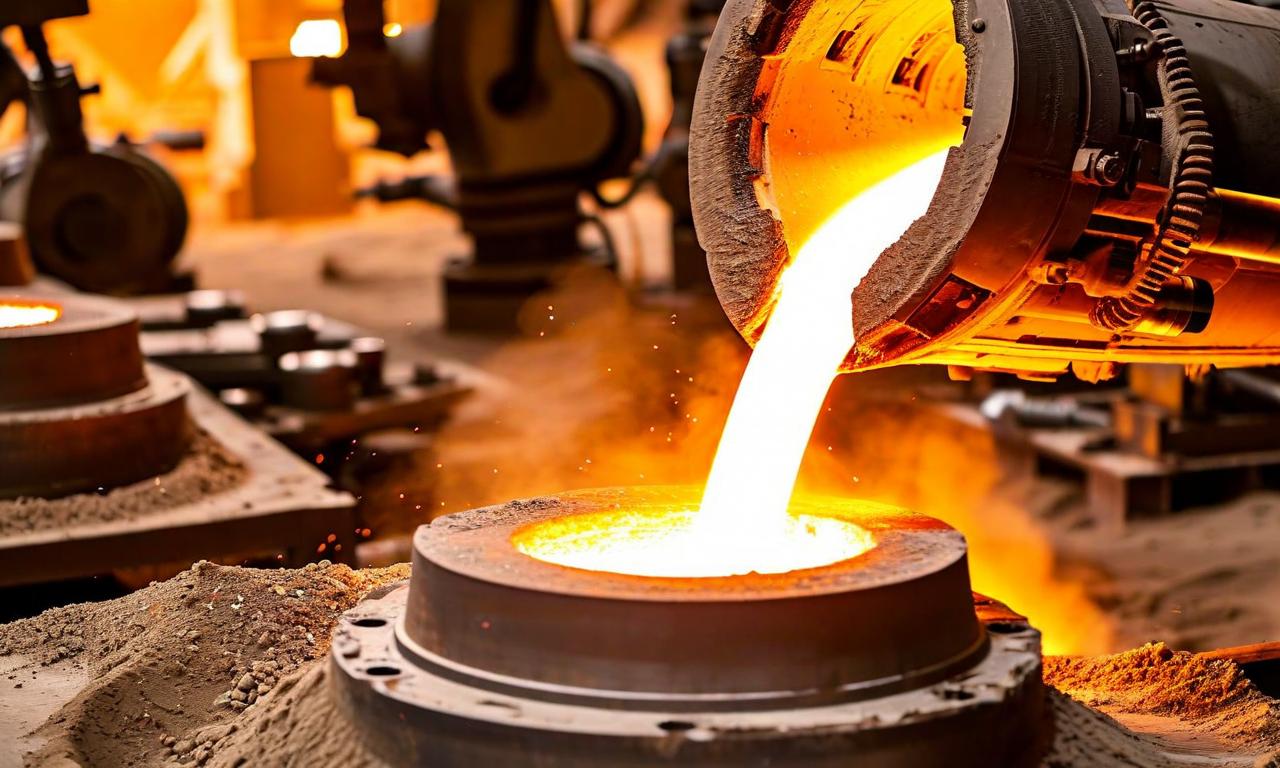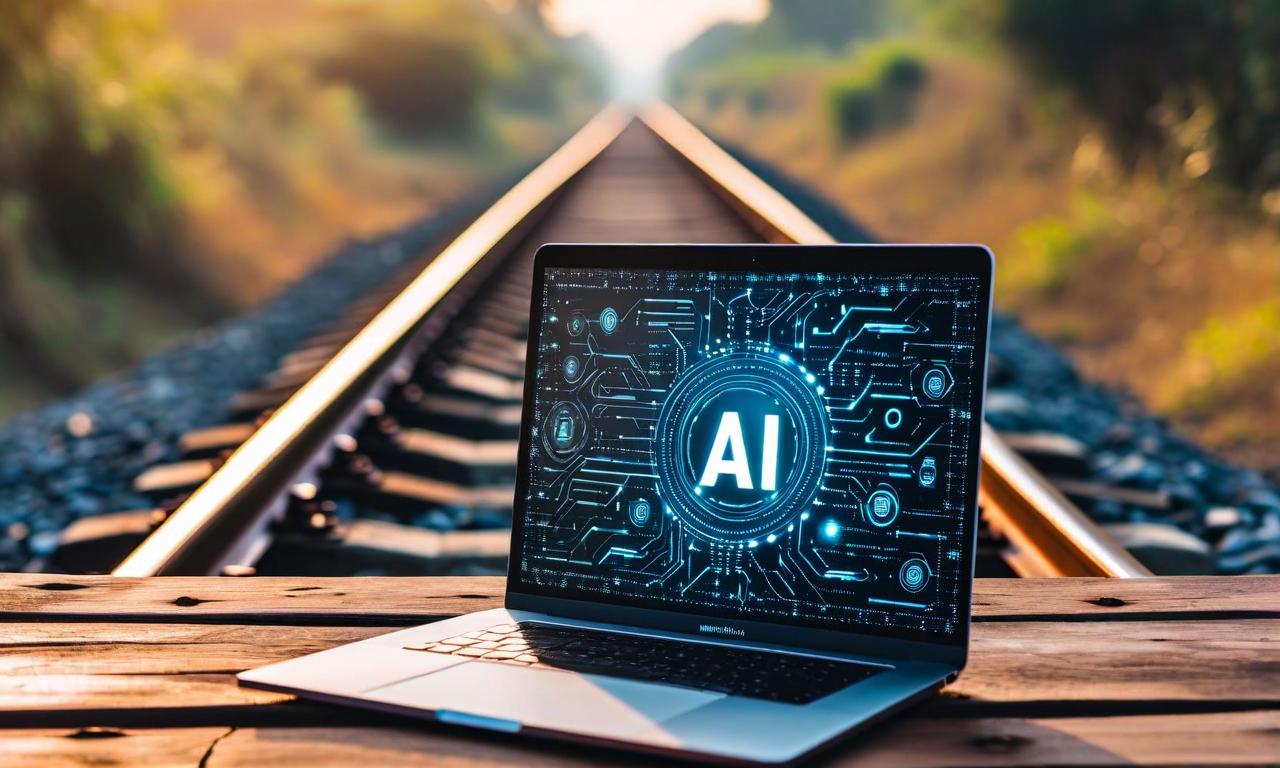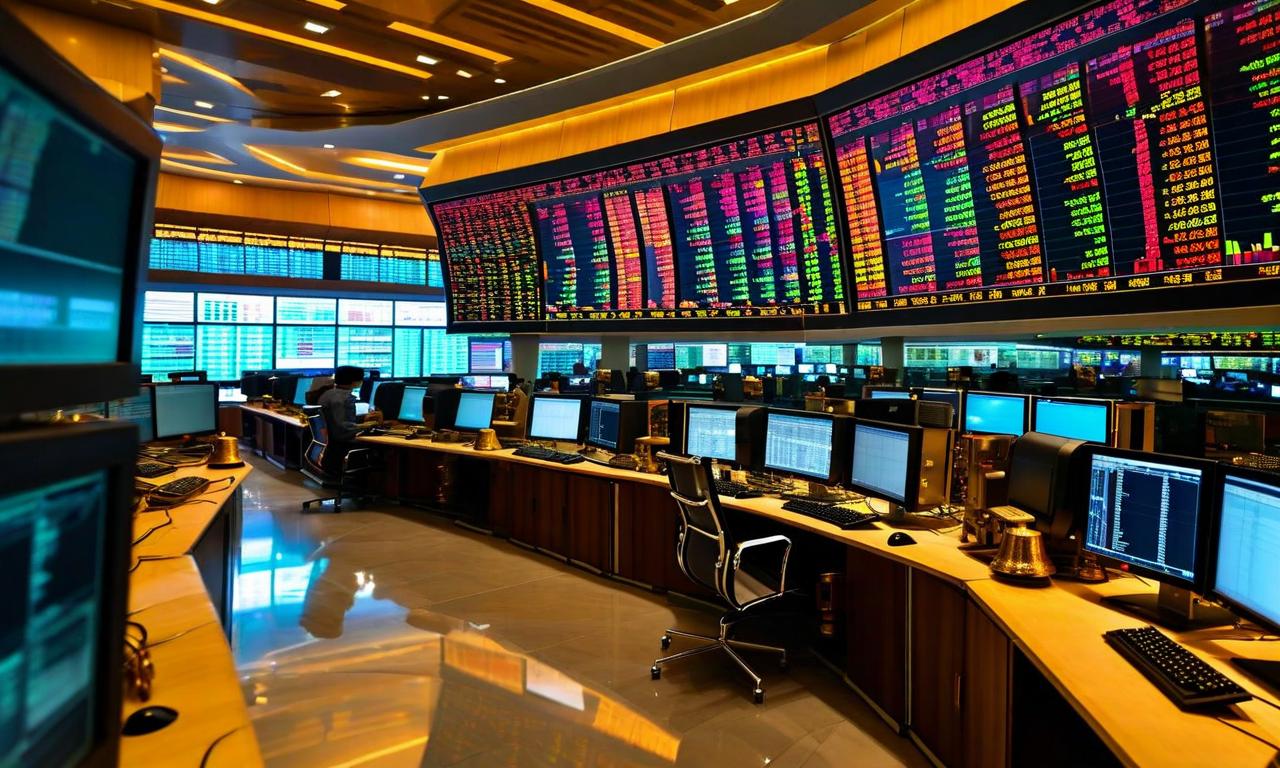Copper: The Overlooked Gem in the AI and Electrification Boom
Copper is emerging as a critical component in the AI and sustainable energy sectors. Its demand is driven by AI infrastructure, electric vehicles, and renewable energy systems. Supply challenges include aging mines, approval delays, and concentrated production. For India, securing copper resources and improving refining capabilities are crucial. Copper presents a unique investment opportunity, offering exposure to tech transformation without the premium valuations of AI stocks.

*this image is generated using AI for illustrative purposes only.
In the rapidly evolving landscape of technology and sustainable energy, copper has emerged as a critical yet often overlooked component. A recent investment analysis highlights the metal's pivotal role in driving the AI revolution and electrification trend, positioning it as a potentially lucrative investment opportunity.
The Rising Demand for Copper
The analysis points to several key factors driving unprecedented demand for copper:
AI Infrastructure: Hyper-scale data centers, the backbone of AI operations, consume massive amounts of power. These facilities rely heavily on copper-intensive infrastructure to manage their electricity needs.
Electric Vehicles (EVs): The shift towards electric mobility is significantly boosting copper demand. EVs require two to three times more copper than traditional petrol vehicles, primarily in their batteries and charging systems.
Renewable Energy: As the world transitions to cleaner energy sources, copper plays a crucial role in power transmission networks for renewable energy systems.
Supply Challenges
While demand is surging, the copper supply faces several challenges:
- Aging mines and declining ore grades
- Lengthy approval processes for new mining projects
- Concentrated production in Chile, Peru, and the Democratic Republic of Congo
- China's dominance in global copper refining, creating potential supply chain vulnerabilities
Strategic Implications for India
The analysis suggests that for India to realize its AI and EV ambitions, it should focus on:
- Securing access to global copper resources
- Strengthening domestic copper refining capabilities
- Expanding copper recycling programs
Investment Perspective
Copper presents a unique investment proposition:
- It offers exposure to technological transformation without the premium valuations associated with AI stocks
- The metal's fundamental role in critical industries suggests sustained long-term demand
Copper's Role in Key Sectors
| Sector | Copper Usage |
|---|---|
| AI Data Centers | High consumption in power infrastructure |
| Electric Vehicles | 2-3x more than petrol vehicles |
| Renewable Energy | Essential for power transmission networks |
This analysis positions copper as a strategic metal at the intersection of technology and sustainability, potentially offering investors a way to capitalize on major global trends without the volatility often associated with tech stocks.





























